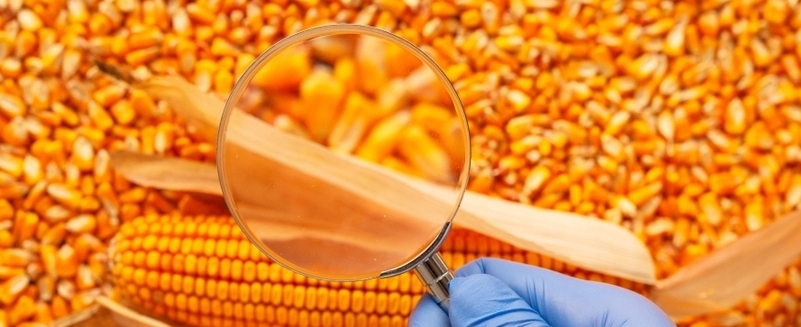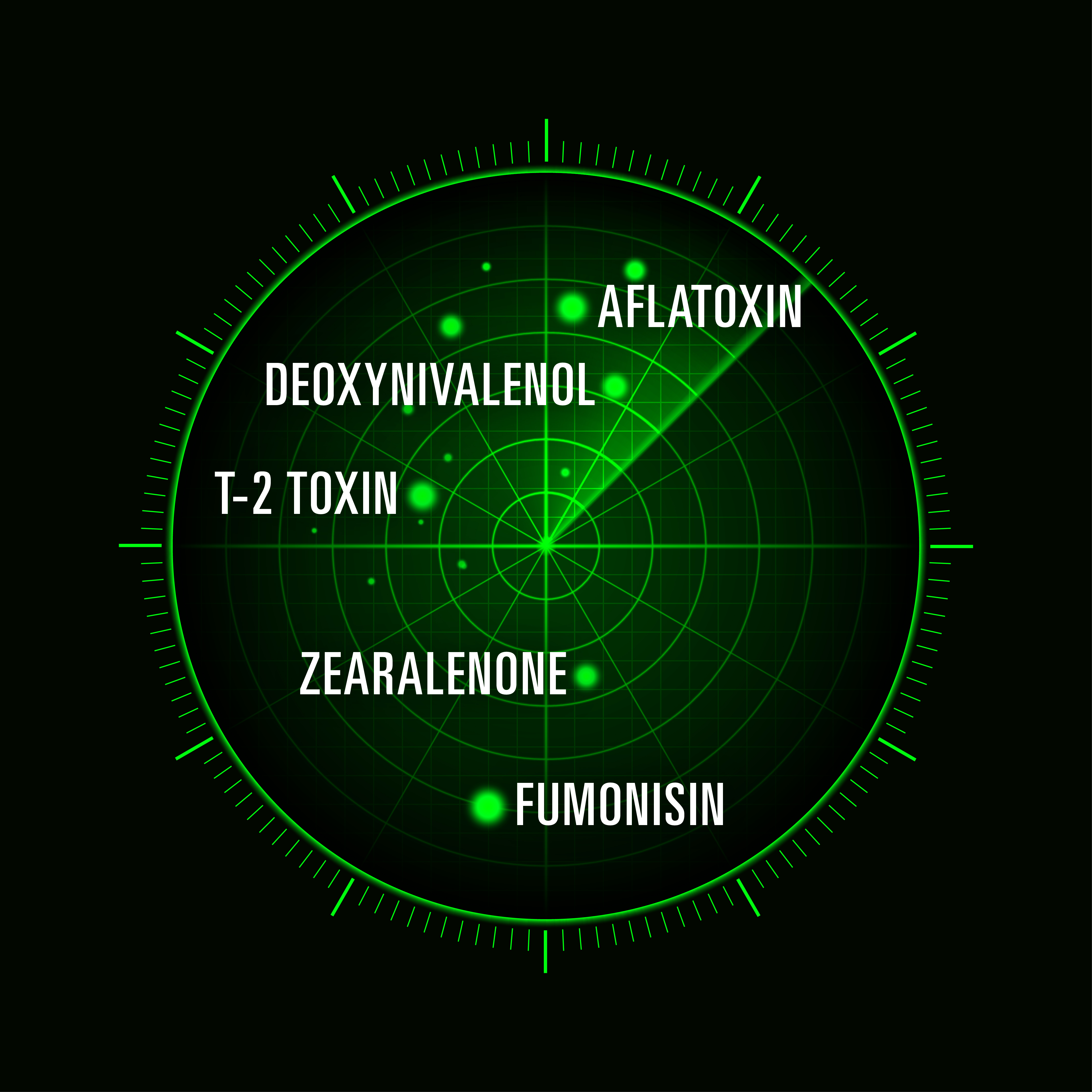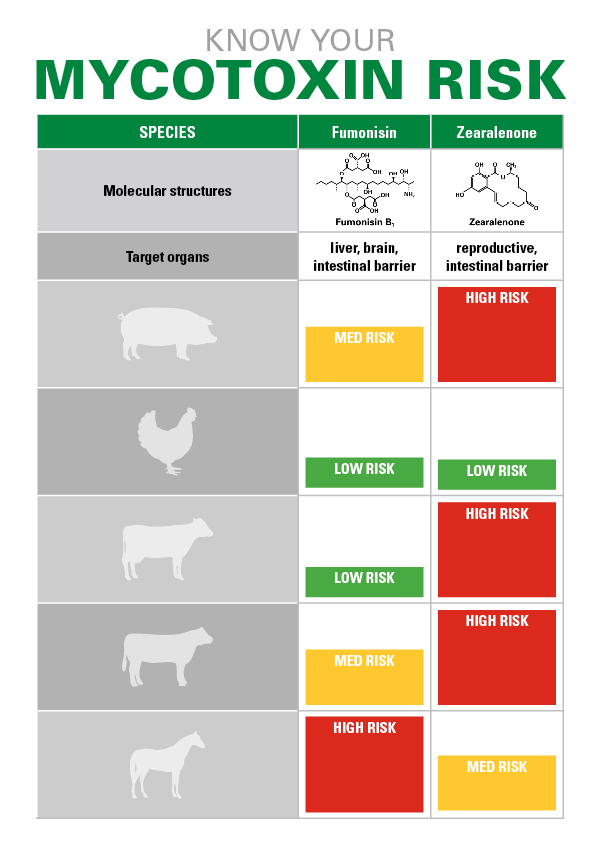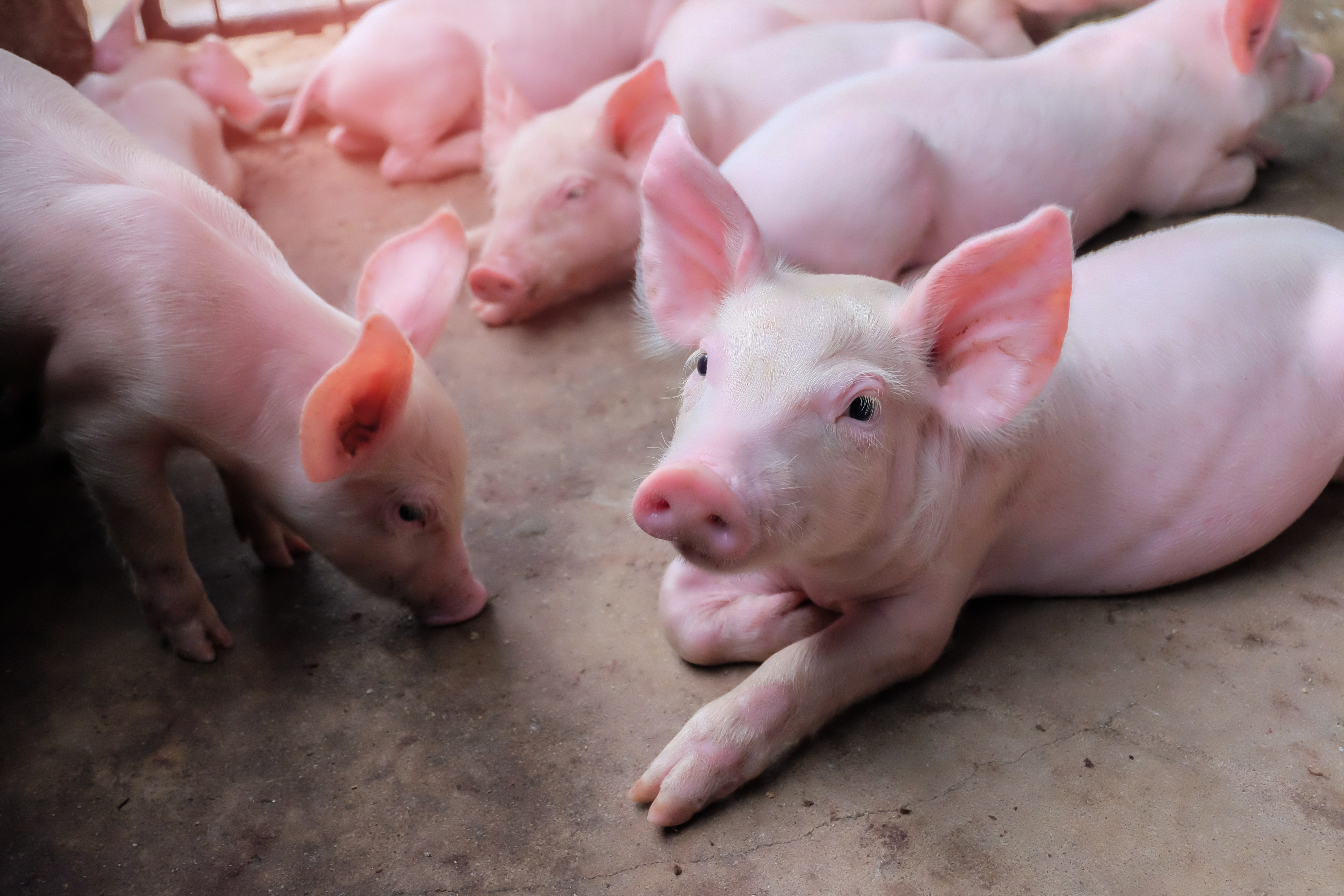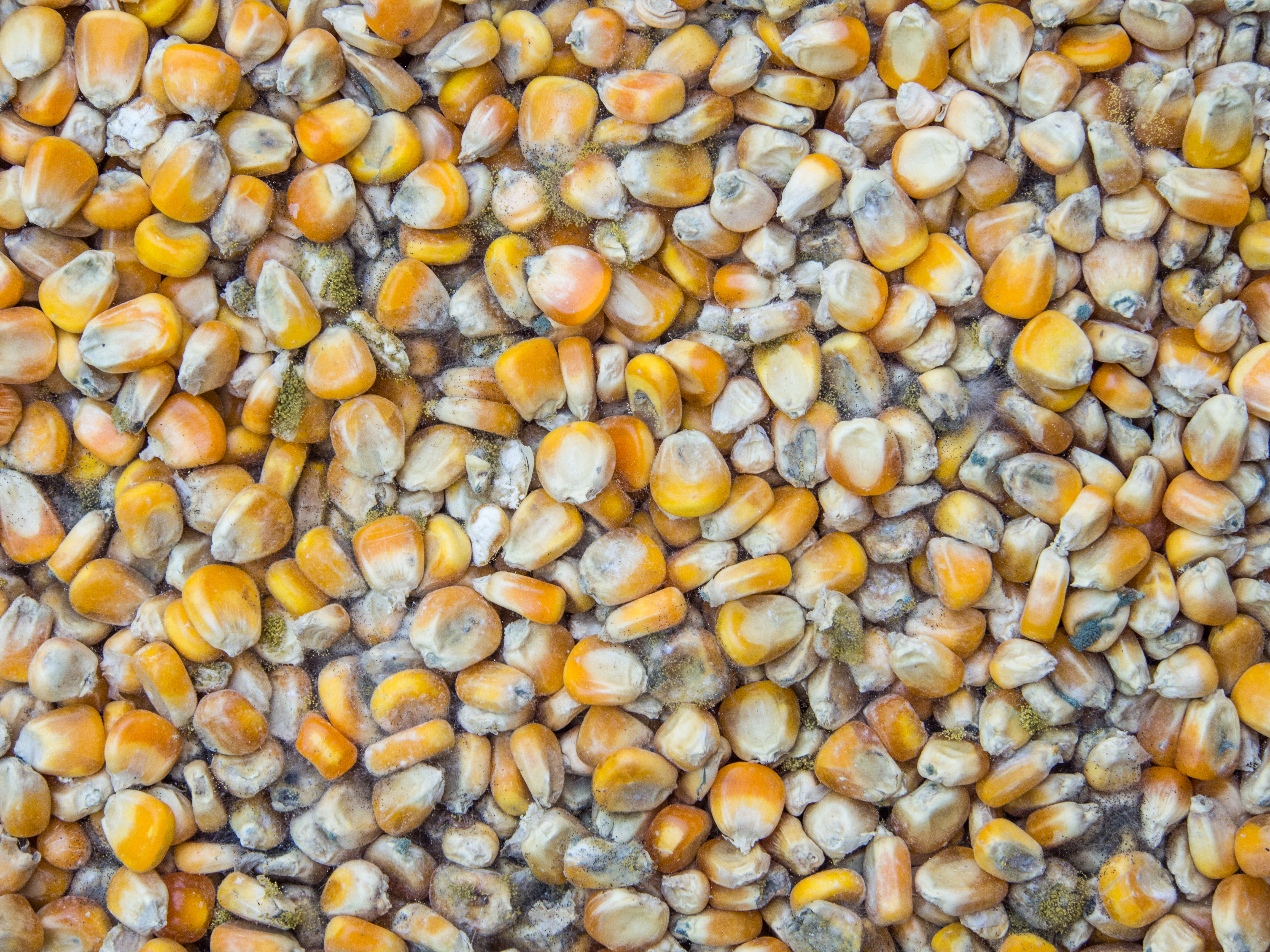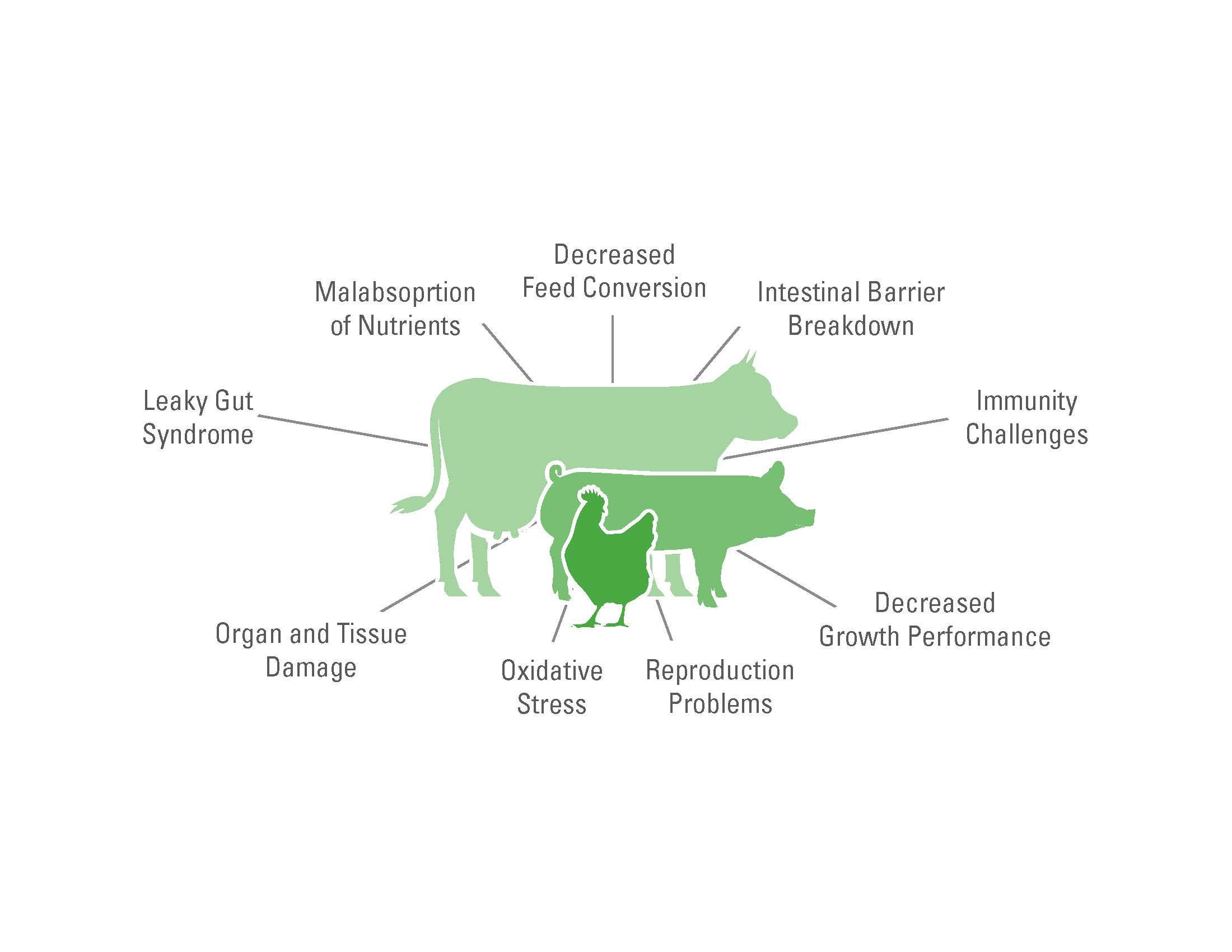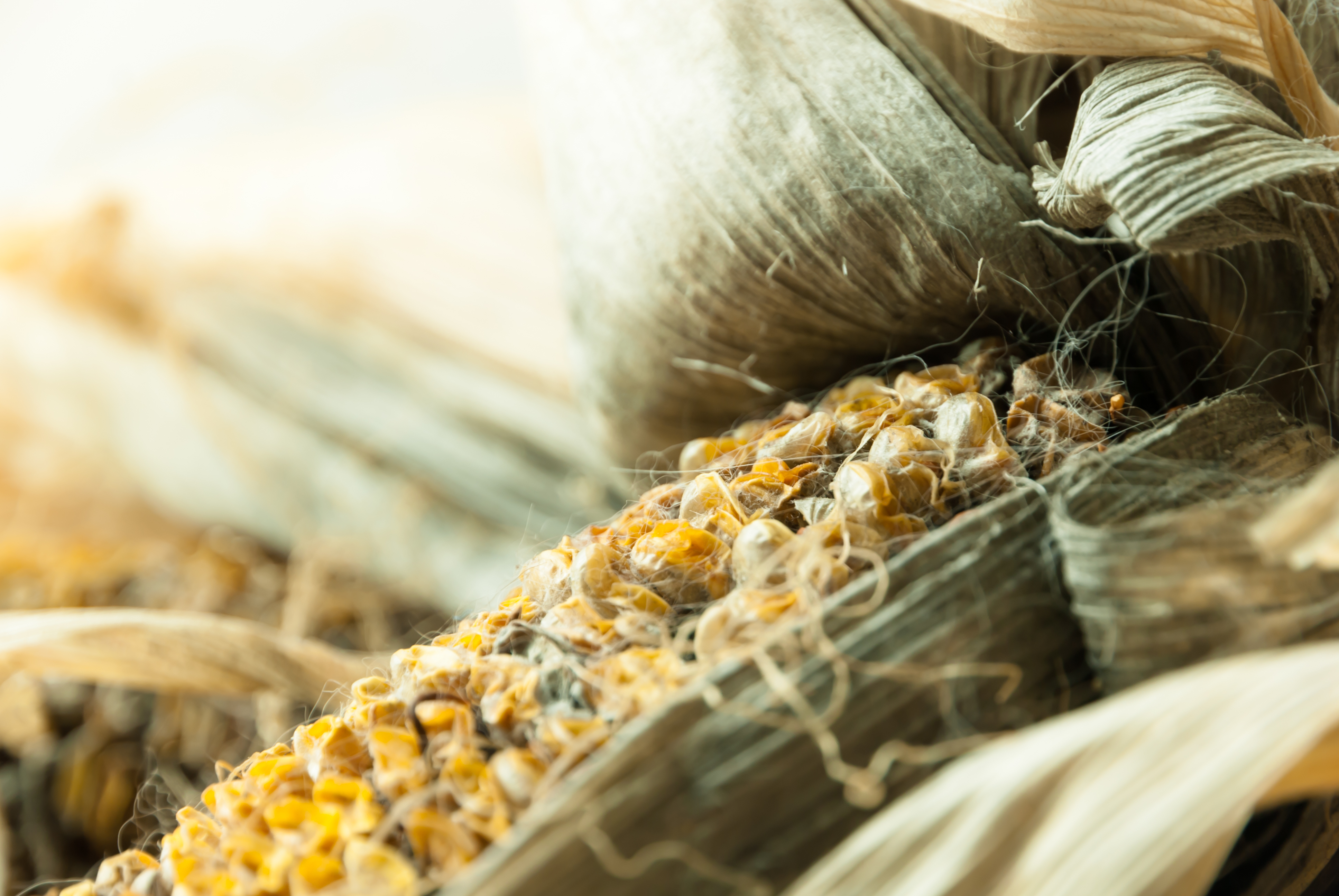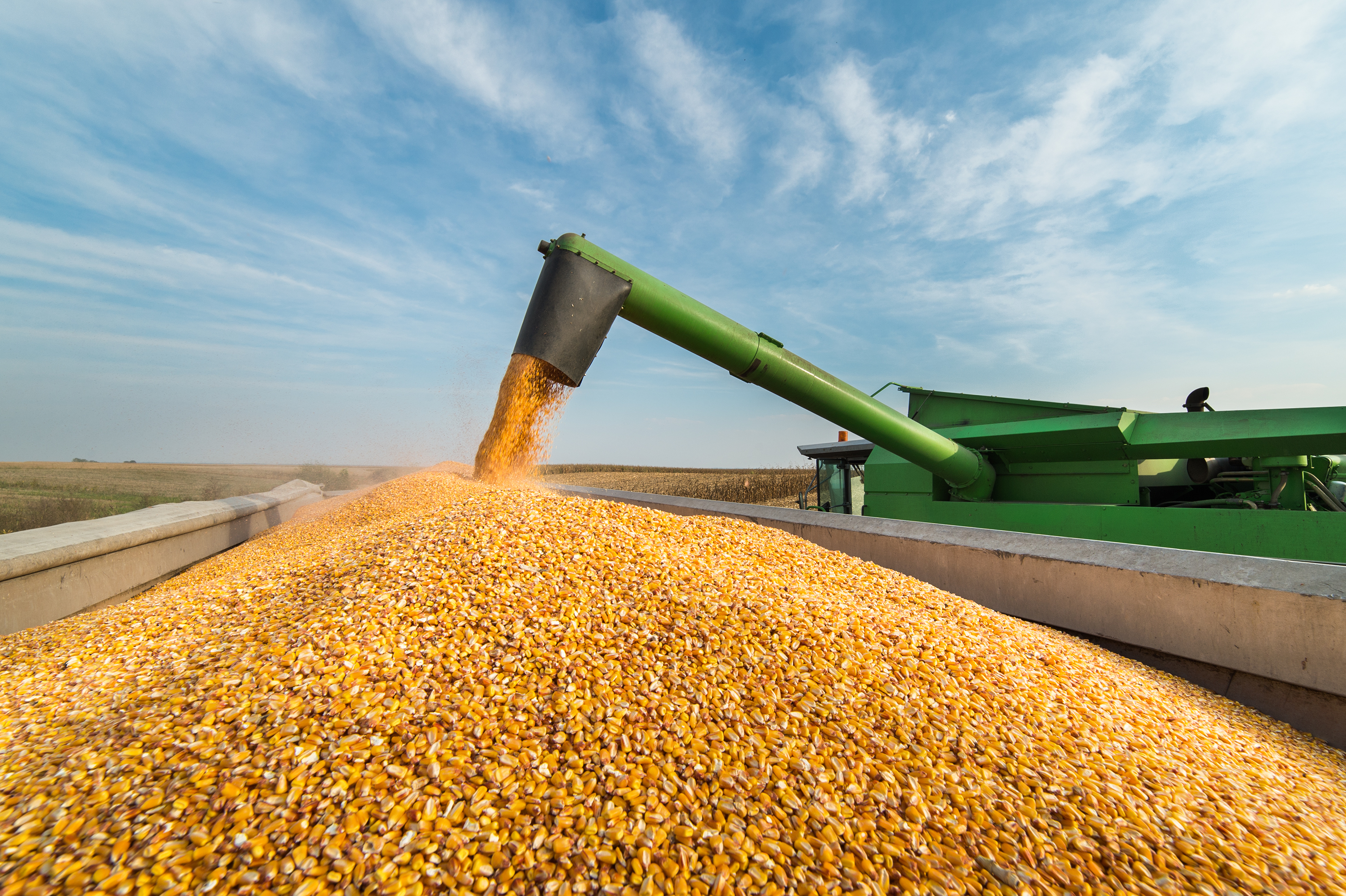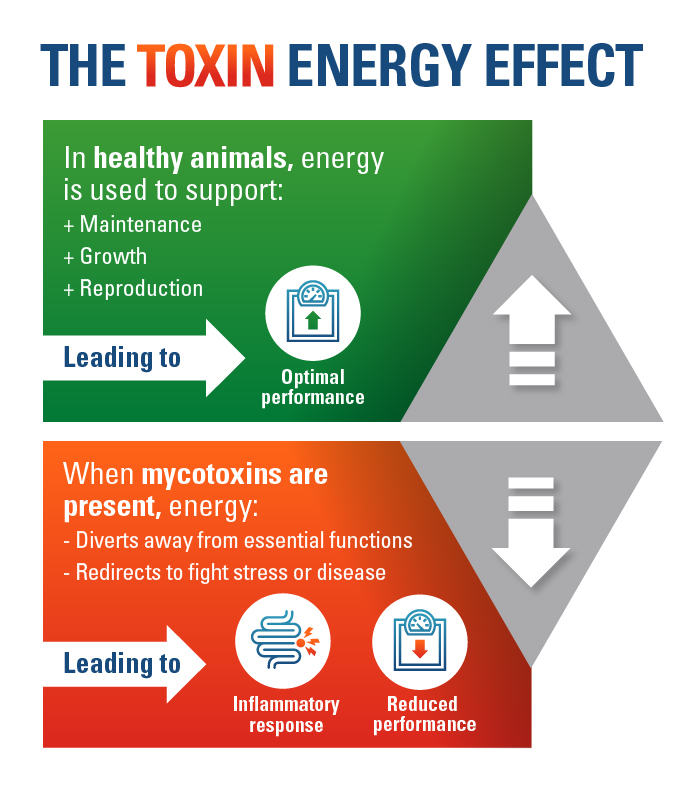 3 Pillars of Reducing Mycotoxin-Induced Inflammation and Oxidative Stress
3 Pillars of Reducing Mycotoxin-Induced Inflammation and Oxidative Stress
Mycotoxins are a perennial challenge for livestock and poultry production systems given their often-undetected presence in a vast majority of feeds. Recent data indicate that around 90% of feed grain samples tested show some mycotoxin contamination, while at least 1 of the 5 most prevalent mycotoxins — T-2 toxin, deoxynivalenol (DON), fumonisin, zearalenone and aflatoxin — was present in 75% of samples. More importantly, more than half of samples contained multiple mycotoxins.

